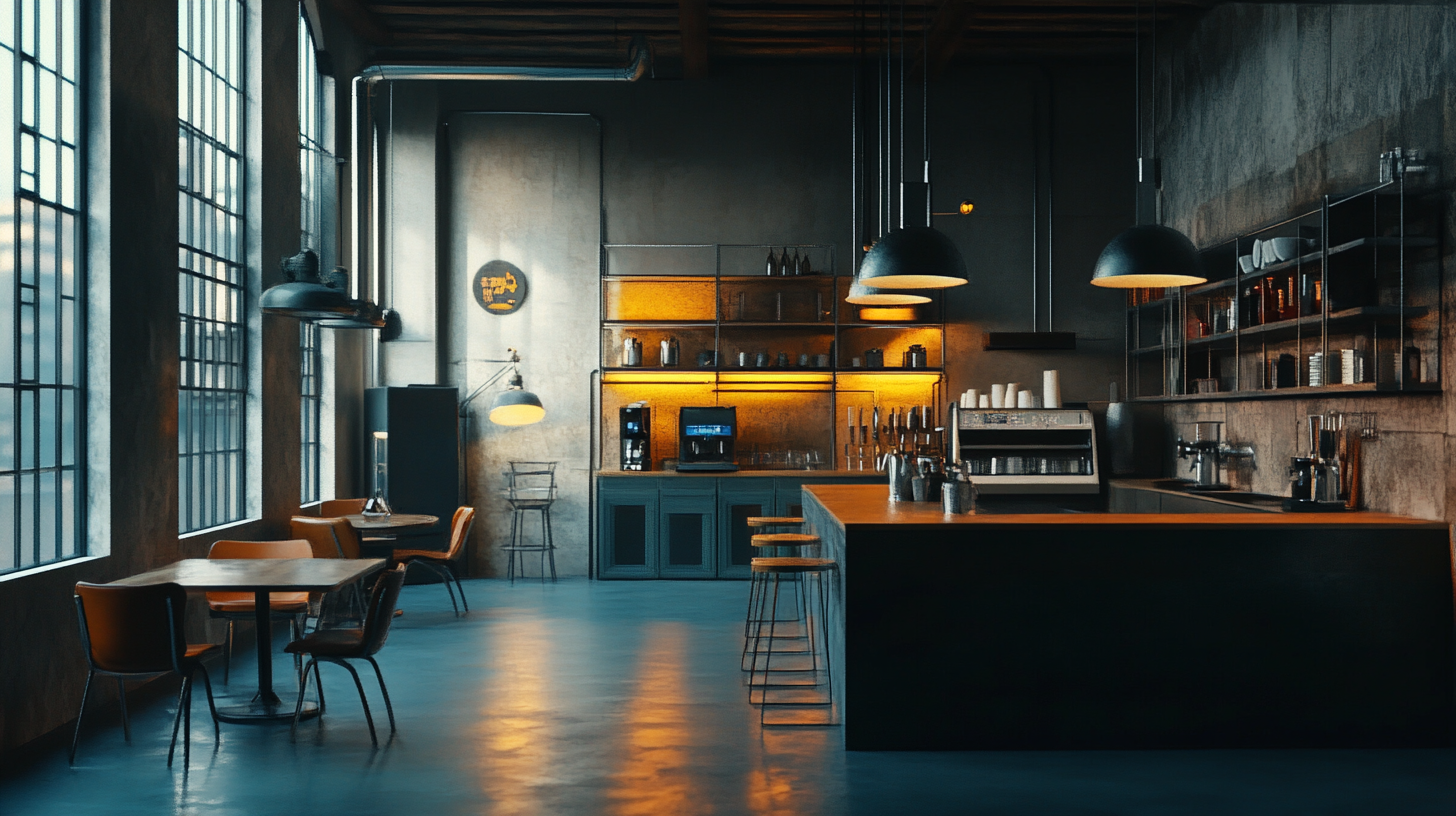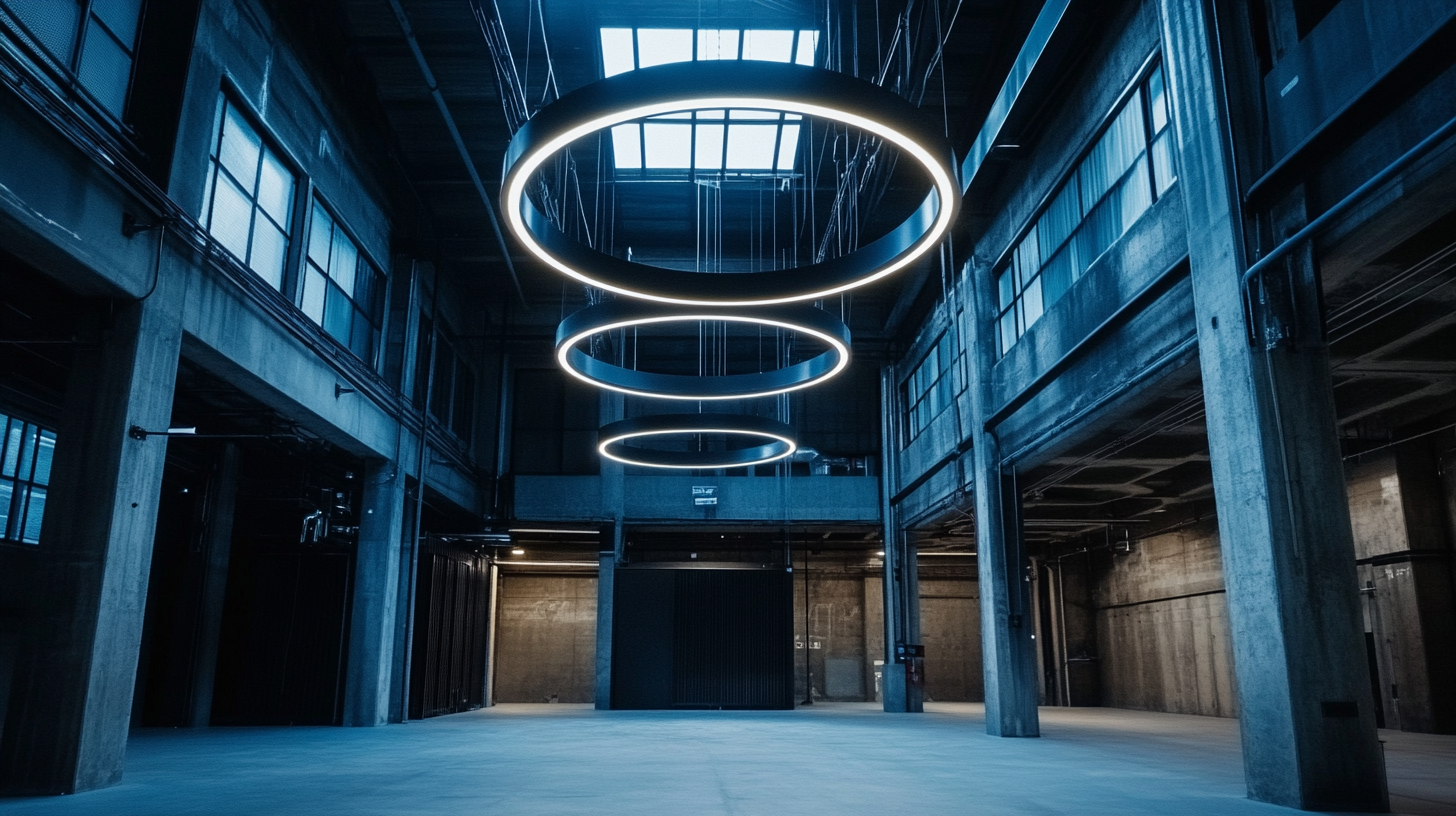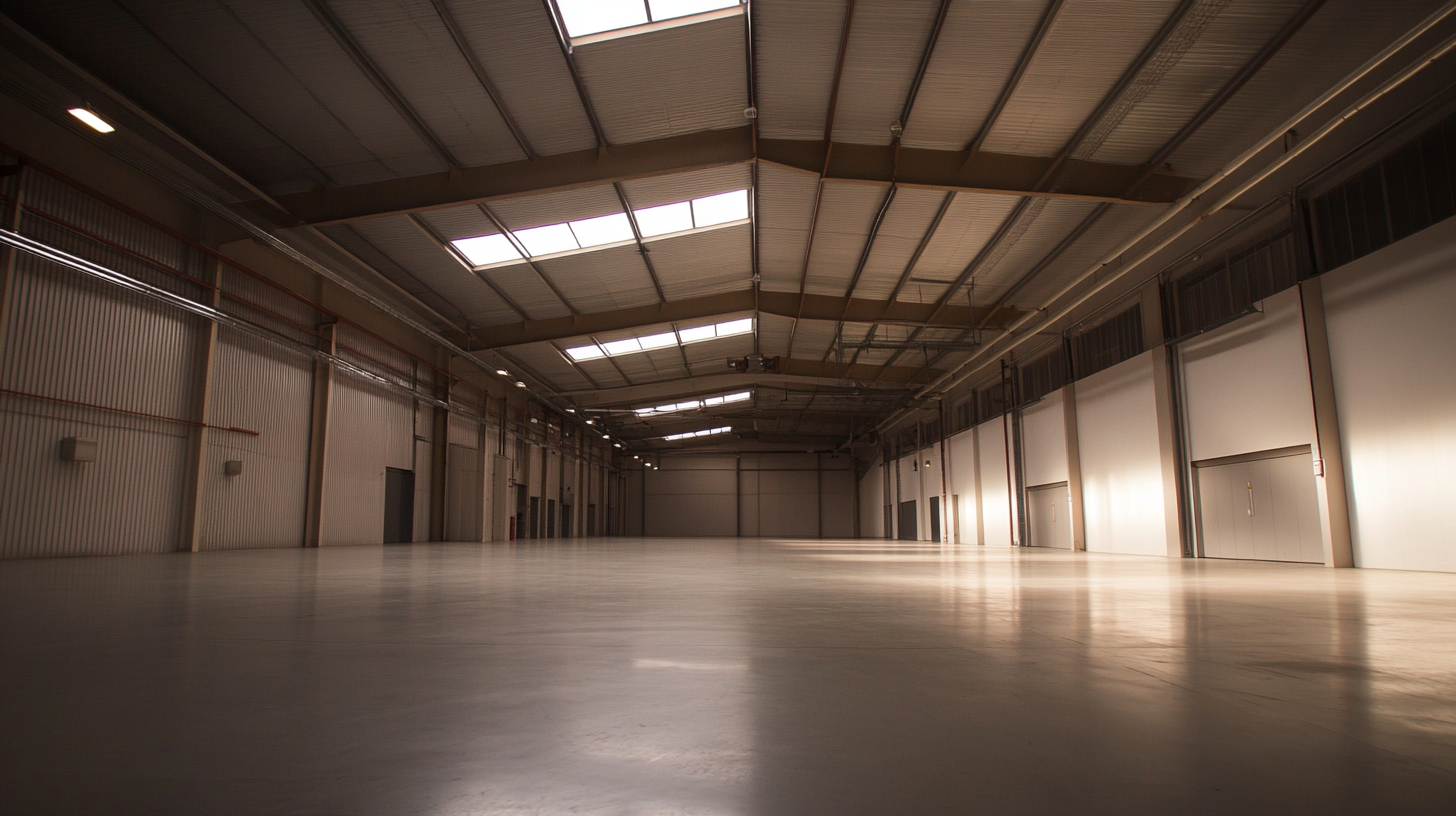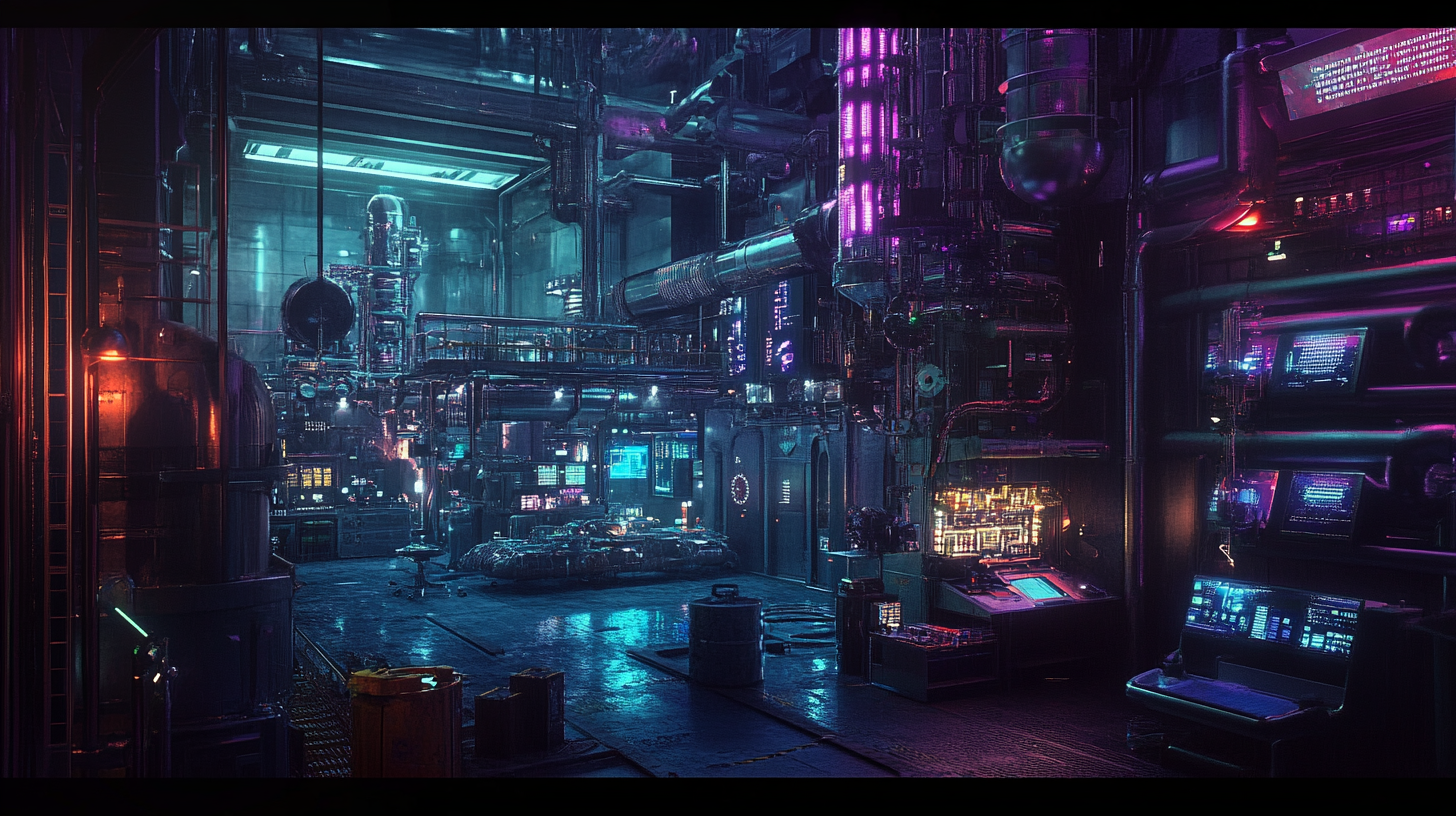Understanding Industrial Lighting Standards: How to Optimize Efficiency with LED Solutions
In the ever-evolving realm of Industrial Lighting, efficiency and sustainability are at the forefront of operational excellence. According to the U.S. Department of Energy, lighting accounts for about 35% of electricity use in commercial buildings, with industrial facilities often exceeding this average due to high ceilings and extended operational hours. The shift towards LED solutions not only promises a reduction in energy consumption but also enhances the overall quality of light, improving worker productivity and safety. With LED technology evolving rapidly, industries are presented with an opportunity to lower their carbon footprint while meeting rigorous lighting standards.
Moreover, the adoption of LED solutions can lead to significant cost savings. The National Electrical Manufacturers Association reports that transitioning from traditional lighting to LED systems can cut energy usage by up to 75%. Additionally, modern industrial lighting solutions can offer advanced features such as smart controls and daylight harvesting, aligning with the increasing demand for intelligent building technologies. As regulatory standards continue to tighten, understanding these industrial lighting standards and effectively integrating LED solutions will be crucial for businesses aiming to achieve compliance and operational efficiency in a competitive marketplace.

The Importance of Industrial Lighting Standards for Safety and Productivity
In industrial settings, the significance of proper lighting standards cannot be overstated, as they are directly tied to both safety and productivity. With a projected growth of 5.98% in the global commercial lighting market from 2023 to 2029, there is a pressing need for industries to adapt to evolving lighting solutions, particularly LED technology. LED lighting not only provides superior illumination but also enhances visibility in critical areas, like ports and shipyards, where safe docking of vessels is paramount. The influence of lighting on worker productivity has also been extensively studied, with evidence suggesting that well-lit environments can significantly improve mood, energy levels, and overall mental well-being. Research indicates that optimal lighting conditions can lead to increased efficiency and focus among workers, translating directly into improved operational outcomes. For instance, in industrial settings, effective lighting systems are essential for minimizing accidents and ensuring that tasks are performed with precision and care. Moreover, embracing natural light in conjunction with advanced artificial lighting can further boost productivity. Natural light has been shown to affect various health aspects like sleep quality and vitamin D levels, which in turn impact workers' performance and morale. By adhering to industrial lighting standards and integrating innovative lighting solutions, companies can create safer and more productive work environments that meet the demands of a rapidly evolving market.

Key LED Specifications: Lumens, Efficacy, and Color Temperature Explained
When selecting LED lighting solutions, it's crucial to understand key specifications such as lumens, efficacy, and color temperature. Lumens measure the total light output from a bulb; the higher the lumens, the brighter the light. For industrial settings, bright lighting is essential for both safety and productivity, making lumens a critical factor in your selection process.
Efficacy, expressed in lumens per watt, indicates how efficiently a light source converts electrical energy into visible light. Higher efficacy means lower energy consumption for the same light output, resulting in significant cost savings over time. With advances in LED technology, particularly in integrated designs, new products now offer exceptional efficacy, allowing industries to optimize their lighting without sacrificing performance.
Color temperature, measured in Kelvin (K), defines the appearance of light emitted by the bulb. Lower temperatures (3000K) produce a warm, yellowish light suitable for cozy environments, whereas higher temperatures (5000K) yield a cool, bluish daylight effect ideal for workspaces. Understanding color temperature is particularly important in industrial environments where task visibility can impact performance and safety.
Recent innovations in LED technology have introduced integrated solutions that facilitate color temperature adjustment and improve installation efficiency. With such advancements, industries can achieve greater flexibility and enhanced control over their lighting conditions, leading to both improved energy efficiency and enhanced workplace productivity. Embracing these specifications ensures that businesses make informed decisions that optimize their industrial lighting systems.

Comparative Analysis: LED Solutions vs. Traditional Lighting in Industrial Settings
In the ongoing debate between LED solutions and traditional lighting in industrial settings, a comparative analysis reveals significant advantages of LED technology. With the global LED driver market projected to grow from USD 10.66 billion in 2025 to an estimated USD 56.6 billion by 2033, the shift towards LED lighting is backed by substantial economic trends. LEDs not only reduce energy consumption but also offer longer lifespans, which translates to lower maintenance costs for industrial facilities.
Moreover, the lighting market is witnessing a dramatic shift, as the Type A-Lamps segment alone is expected to reach USD 35.5 billion by 2030, showcasing the increasing adoption of energy-efficient lighting solutions. This growth is partly fueled by the ongoing transition to smart lighting systems, which leverage LED technology for both operational efficiency and enhanced functionality.
Recent studies have also demonstrated how innovative light-emitting diode (LED) control systems can optimize environmental settings for horticulture, indicating the versatility of LED applications beyond conventional usage. With the global focus on sustainability and efficiency, industrial sectors are increasingly recognizing that LEDs are not just a replacement for traditional lighting but a pathway to greater energy efficiency and operational excellence.

Maximizing Energy Efficiency: Calculating ROI on LED Lighting Upgrades
With the increasing urgency to decarbonize commercial buildings, lighting has emerged as a critical factor in enhancing energy efficiency. Recent reports indicate that lighting accounts for nearly 30% of a commercial building's total energy consumption. By upgrading to LED lighting solutions, businesses can not only improve their operational efficiency but also contribute to their sustainability goals. For instance, utilizing state-of-the-art LED fixtures, such as the new RAPTR 2 and VYPR 4, can enhance energy efficiency while providing multi-channel controllability for optimized performance.
Calculating the return on investment (ROI) on LED lighting upgrades is essential for businesses considering this shift. According to the U.S. Department of Energy, LED lighting can reduce energy use by up to 75% compared to traditional lighting technologies. This reduction in energy consumption translates into lower utility bills, which can lead to a payback period of just 2-3 years for many organizations. Moreover, as companies increasingly prioritize sustainable business practices, integrating advanced lighting solutions can enhance profitability while supporting corporate responsibility initiatives.
Equipping spaces with tunable lighting systems not only maximizes efficiency but also allows for customization that meets specific operational needs. By adopting next-generation lighting technologies, companies can align their strategies with both economic and environmental objectives, ensuring they remain competitive while positively impacting the planet. An investment in LED lighting is therefore not just a financial decision; it’s a commitment to a sustainable future.
Case Studies: Successful Implementations of LED Lighting in Various Industries
The shift toward LED lighting solutions has proven to be transformative across various industrial sectors, yielding both energy savings and enhanced operational efficiency. One notable case study comes from the manufacturing industry, where a leading automotive plant implemented LED lighting across its assembly line. The upgrade reduced energy consumption by 50% and substantially decreased maintenance costs, as the longer lifespan of LEDs minimized the frequency of bulb replacements. Workers also reported improved visibility, which led to increased productivity and reduced error rates.
In the warehousing sector, an international logistics company adopted LED solutions in their massive distribution centers. By installing smart LED systems equipped with motion sensors, they were able to cut lighting costs by 60%. The adaptive lighting not only activated when personnel were present but also adjusted intensity based on natural daylight levels. This innovative approach to industrial lighting not only enhanced efficiency but also created a more comfortable working environment, proving that the right lighting can foster both employee well-being and operational excellence.
Another impactful implementation was observed in the food processing industry, where a plant upgraded its lighting to comply with health and safety regulations while optimizing energy use. The switch to LED lighting not only ensured compliance but also improved visibility on the production floor, contributing to better quality control. The results were remarkable: the facility experienced a 40% reduction in energy bills and a remarkable increase in overall light quality, which enhanced product inspection processes and ensured the highest standards of safety. These case studies illustrate the compelling benefits of LED lighting in various industries, showcasing how strategic implementations can lead to meaningful improvements in efficiency and sustainability.


